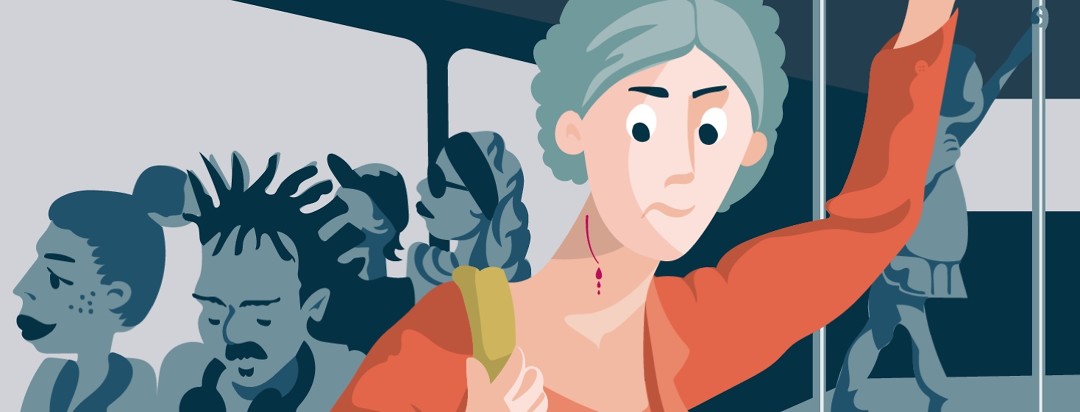Even the Worst Mohs Surgeries Fade into Memory
Most everyone likes a list. These can be top 10, or top 100. Or they can be “best of” or “worst of,” as in the worst dressed list.
You have Modern Library’s 100 best novels, U.S. News and World Reports’ best college and university rankings, People’s World’s Most Beautiful, Forbes’ list of the top billionaires.
You can also find Worst Books of all Time, Worst Movies Ever Made, and many Worst Dressed lists, such as this one.
Then, to confuse matters, you have Charles Dickens, in A Tale of Two Cities, writing, “It was the best of times, it was the worst of times.”
My worst of Mohs surgeries list
In trying to come up with my list of memorable Mohs surgeries, I don’t have a best of, but I do have worst and weirdest surgeries. Since I like to do things differently, with an apparent record of four stem cell transplants, I’ve come up with four rather than the traditional five or multiple.
They were:
- On my ankle, a squamous cell that grew to the size of a quarter and required a graft to be removed from my side
- On my neck, another squamous cell, which dripped blood after surgery while I road a bus in Boston
- In my outer ear, a basal cell that hurt so much and so unexpectedly that I had to take a narcotic pain reliever to get through the day and night
- On my lip, an awkward location necessitating going around with a bandage on one part of my mouth, making it difficult to eat or talk
Nerves settle once the procedure begins
The problems occur more after the procedure, during the healing process. Although the time before it, when you are wondering how it will go, can be nerve-wracking.
My nerves settle down after the doctor applies the anesthesia. She does an excellent job of applying the anesthesia so that it feels like little pinpricks, not major jabs. She is pleasant and caring. This makes a difference.
She is the director of the Mohs and Dermatologic Surgery Center at Brigham and Women’s Faulkner Hospital. That’s 90 miles from my home, in Boston. Traffic sometimes extends the trip longer than the two hours it should take. I do it because my Dana-Farber doctors send me there, and because I know it’s top notch.
I started going there after a different surgeon left a wound open on my neck, instead of stitching it. He said it would heal faster. That might have been the case, but it caused me great distress when blood dripped down my neck in a public place.
Stinging pain that eventually fades
The pain afterwards is kind of like a bee is constantly stinging you in a certain spot. At the same time, an unseen hand pokes a screwdriver into the raw spot. It keeps you off balance, never feeling like yourself until the welcome moment when it subsides.
But then it fades into memory.
You can’t see the scar tissue on my lip or neck. The quarter-sized scar on my ankle looks like a little sand dollar. It remains a source of amazement to me: how something that resembled a volcanic crater is now filled in, part of the landscape. It will keep me from being an ankle bracelet model. But I was never going to be one anyway.

Join the conversation